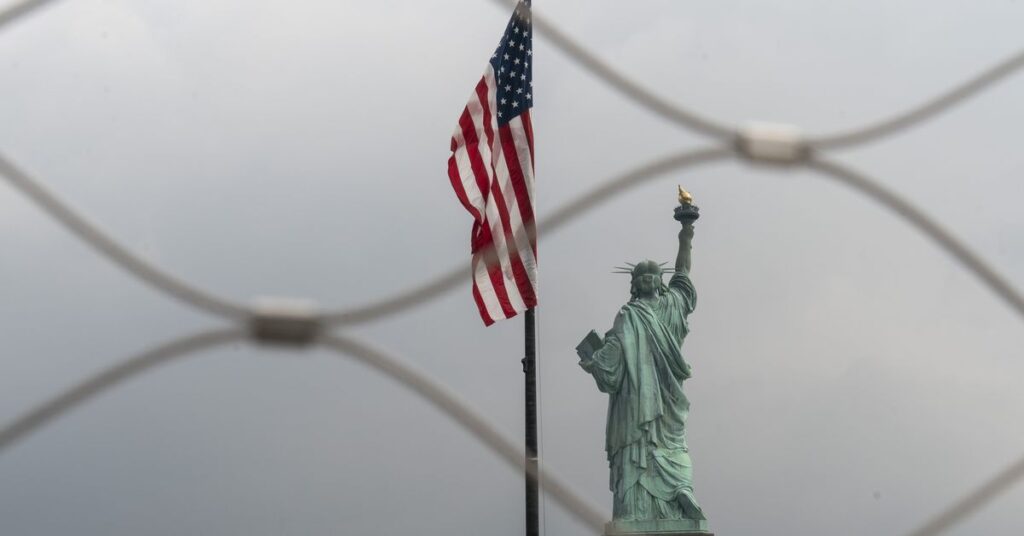The United States immigration system is so dysfunctional that it might sometimes seem as though it has no redeeming features. Asylum seekers are left in legal limbo for years, and immigration courts face a growing backlog of cases — all while arrests of migrants at the southern border have reached a record high.
But when it comes to addressing the current wave of migrants, many of whom are families and asylum seekers, American lawmakers don’t have to look very far to find a model to emulate: the United States’ very own refugee resettlement program.
Since the Refugee Act of 1980, the United States has resettled more than 3 million refugees. That’s more than any other country, making America’s refugee resettlement program the largest of its kind in the world.
That doesn’t mean it’s big enough, and the annual number of people admitted through the program — people fleeing war, persecution, or violence — has fluctuated over the years, especially recently. The Trump administration slashed the annual cap on refugee admissions to a historic low of 15,000, while the Biden administration raised it to 125,000. That’s just a small fraction of the world’s total refugee population of 36.4 million, according to the United Nations.
But for the people admitted, the program tends to work really well. “Congress set up this elaborate coordination and support system for resettled refugees and it was very deliberately done,” said Yael Schacher, the director for the Americas and Europe at Refugees International.
From the start, coordination between the federal government, states, and private resettlement agencies helps refugees land on their feet when they arrive. They qualify for health care, for example, and through the Office of Refugee Resettlement, they have access to services such as job training and case management. “They are also usually eligible for state benefits, like Medicaid, SNAP, food support, cash assistance if needed for families,”…
Read the full article here





